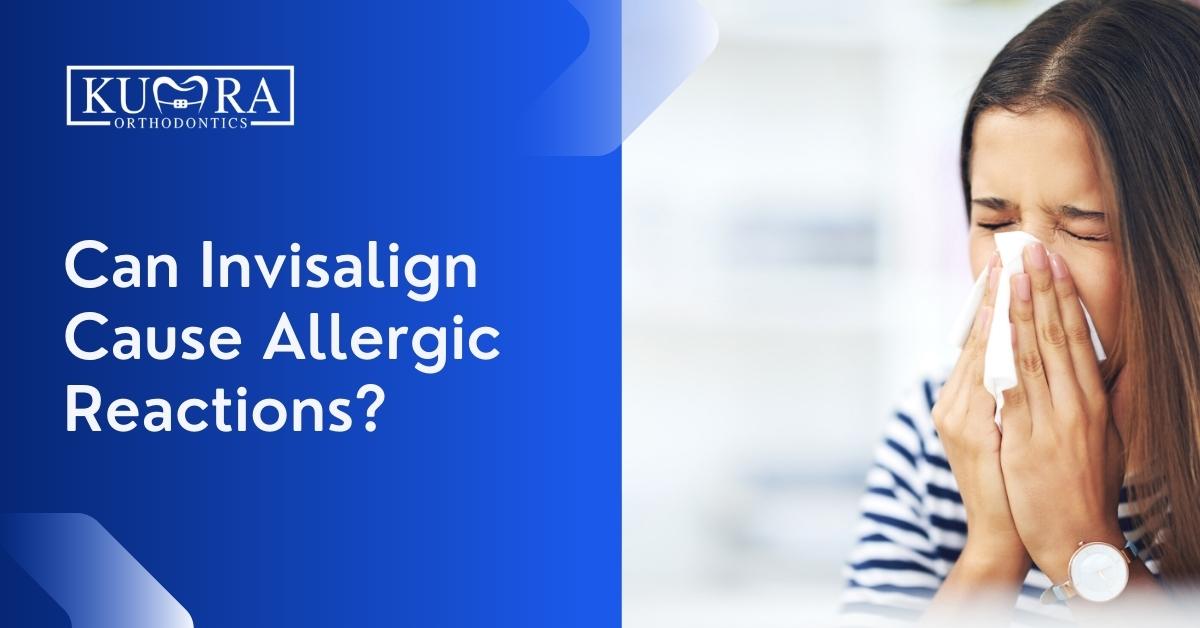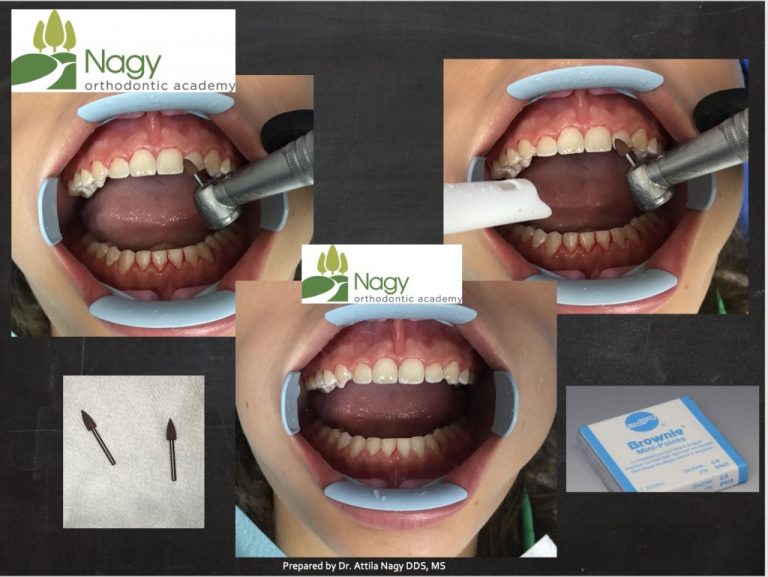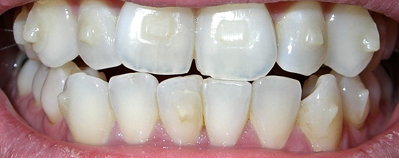Invisalign Allergy: Signs, Solutions, and Prevention
Last Updated on 4 months by DR. ALBIN SIPES
Invisalign allergies are rare but can occur due to the material used in the aligners. Symptoms may include irritation, rashes, or respiratory issues.
Invisalign has revolutionized orthodontics, offering a discreet way to straighten teeth. Made from thermoplastic material, these aligners are designed for comfort and effectiveness. While most users experience no issues, some may develop allergic reactions. These reactions can stem from the plastic or other components in the aligners.
Understanding the potential for allergies is crucial for anyone considering this treatment. Identifying symptoms early can help prevent complications. Consulting with an orthodontist can provide clarity on any concerns. Patients should monitor their reactions closely after starting treatment. Awareness and prompt action can ensure a smooth orthodontic journey.

Credit: www.youtube.com
Introduction To Invisalign Allergy
Invisalign is becoming very popular for straightening teeth. Many people prefer it over traditional braces. This treatment uses clear aligners that are almost invisible.
While most people have no issues, some may experience allergic reactions. Common reactions include rashes and irritation in the mouth. These can happen due to the materials used in the aligners.
It’s important to pay attention to any unusual symptoms. If discomfort occurs, consult with a dentist or orthodontist. They can help find a suitable solution for sensitive individuals.
Identifying Allergic Symptoms
Many people experience allergic symptoms with Invisalign. Common signs include itchy gums, swelling, and redness. Some may also notice hives or rashes. Sneezing or nasal congestion can occur too.
It’s important to monitor these symptoms. If they worsen, seek medical help right away. Persistent or severe symptoms may indicate a serious allergic reaction. Always consult a doctor if unsure.
Materials That May Cause Reactions
Invisalign aligners are made from special materials. These materials can sometimes cause allergic reactions. Understanding the components is important for your health.
The main materials in Invisalign aligners include:
- Thermoplastic polyurethane: This is the main material used.
- Coloring agents: These are added for visibility.
- Other additives: These help with durability and flexibility.
Some people may react to certain allergens in dental products. Common allergens include:
- Latex: Not used in Invisalign, but common in other dental tools.
- Metals: Some people are sensitive to metals in dental work.
- Flavorings: Artificial flavors can also cause reactions.

Credit: www.straightsmilesolutions.com
Personal Stories: Experiences With Invisalign Allergies
Many patients share their experiences with Invisalign allergies. Some felt mild irritation in their mouths. Others noticed redness or swelling around their gums. These reactions often made them concerned about their treatment.
One patient reported severe itching after wearing the aligners. This prompted them to visit their dentist. Another case involved a patient who had headaches linked to their aligners. They found that switching to a different brand helped.
Most patients recommend communicating with professionals. They suggest reporting any symptoms right away. Quick action can help find the right solution. Overall, sharing experiences helps others understand Invisalign allergies better.
Medical Solutions To Allergic Reactions
Allergic reactions to Invisalign can be uncomfortable. Immediate remedies include rinsing your mouth with warm salt water. This helps reduce swelling and irritation. Over-the-counter antihistamines can also relieve symptoms quickly.
For long-term medical interventions, consult with a dentist or allergist. They may suggest switching to a different material. Regular check-ups help monitor any changes in your allergy. Keeping a diary of reactions may also help identify triggers.
| Immediate Remedies | Long-Term Solutions |
|---|---|
| Warm salt water rinse | Consult a dentist or allergist |
| Antihistamines | Switching materials |
| Cold compress | Regular check-ups |
| Hydration | Maintain a reaction diary |

Credit: kumraortho.com
Alternative Orthodontic Options
Braces are a common alternative to Invisalign. They are effective for many teeth issues. Metal braces are visible but very strong. They can fix severe misalignments.
Ceramic braces blend with teeth, making them less noticeable. They work well but can be fragile.
Other aligners include clear options like Smile Direct Club and Byte. They offer convenience and comfort. These aligners are often cheaper than Invisalign.
| Option | Pros | Cons |
|---|---|---|
| Metal Braces | Strong, effective for severe cases | Visible, can cause discomfort |
| Ceramic Braces | Less visible, good for aesthetics | Fragile, may stain |
| Clear Aligners | Comfortable, removable, less noticeable | May not suit all cases, discipline needed |
Preventing Allergic Reactions
Testing for allergies before starting Invisalign can help prevent problems. Speak with your doctor about any known allergies. This includes allergies to plastic or adhesives. A simple skin test can identify potential reactions.
Keeping your Invisalign aligners clean is very important. Rinse them with water every time you remove them. Use a soft toothbrush and gentle soap to clean them daily. Avoid using hot water as it can warp the aligners.
Never use toothpaste on your aligners, as it can scratch them. Store aligners in their case when not in use. Regularly check for any signs of wear or damage. Replace them if needed to maintain oral hygiene.
The Role Of Dentists And Allergists
Allergies to Invisalign materials can be serious. A professional diagnosis is crucial. Dentists and allergists work together to identify symptoms.
Patients should share their medical history with both professionals. This helps in understanding potential allergies. Common symptoms include swelling, itching, and irritation.
Collaborative care approaches ensure better treatment. Dentists can adjust the aligners if needed. Allergists can recommend tests to pinpoint the issue.
Effective communication between professionals is key. This teamwork leads to better patient outcomes. Regular follow-ups help monitor any changes.
Conclusion
Allergies related to Invisalign can be concerning but are generally manageable. Identifying materials that trigger reactions is key. Regular communication with your orthodontist ensures you receive the best care. By staying informed, you can enjoy the benefits of Invisalign without discomfort.
Prioritize your health and smile with confidence.


